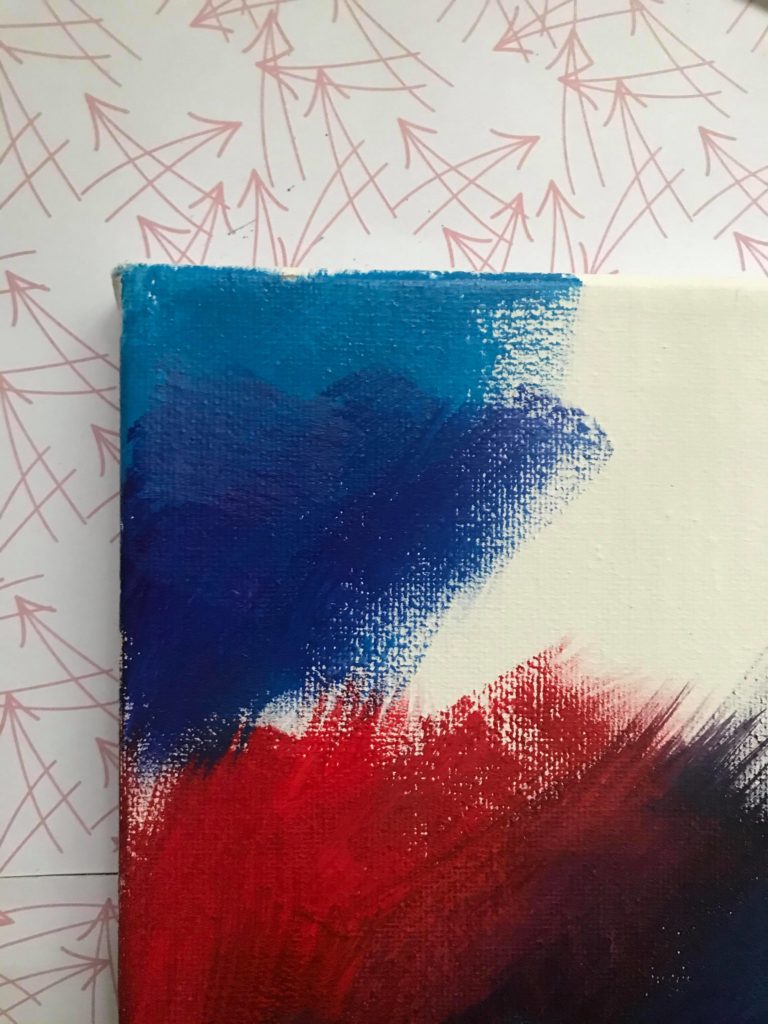
- #Water color drips tutorial how to
- #Water color drips tutorial skin
- #Water color drips tutorial plus
Repeat these steps as many times as needed to make Let the first black mold wash dry, and drop smaller, finer It should feather and spread outward like black mold on an old apple. Take a little bit of black pigment and touch it to the wash.
#Water color drips tutorial skin
Start with a skin colored wash, keep it wet.ĭrop green pigment in until it spots and spreads like so. Mold: Mold can be found in many places, but since this is a Halloween tutorial, we're going to deal with what I'd like to call "Zombie Rot."Ī painting of the fourth horseman of the Apocalypse from 2005 ish Maybe one of these days I'll do a speed video of a painting. So I recreated the mold, rust, and blood techniques on another page. Now for the tutorials! Because watercolor is all about working with time and swiftly drying materials, it'd be tough for me to photograph Biggy Man's gross bits without risking them drying during the photo time and ruining the effect. I make many, many mistakes-it's how I learn). If you're careful enough you can even erase a stray spot or stroke with a quickly applied drip of water and slightly damp cloth. You can correct a misplaced blotch with a quick blotting of paper towel/cloth/q-tip. And you can usually fix any big blunders, as long as you are working light and building soft washes instead of slamming down giant heavy blobs of paint. While you can't entirely predict the results, practice will give you a good idea of what to expect. If you want absolute control over your paints, acrylic or oils might be more your thing. And no worries, you don't want to control them. They are going to expand, feather, and drift in ways you can direct but never quite control. Most importantly: Let the water and pigment do their stuff. Play on the page long enough to get an idea of what is going to happen when you apply your brush and paint to the washes. Pigment dotted into a very wet wash will spread out in all directions, like a tree root or a lightening bolt. A light stroke of pigment over a mostly dry wash will be very easy to manipulate.

Pigment stroked, dotted, or dropped into a wash will react very differently depending on how wet it is. Later washes are for heavier strokes, splashes, and details. The first few washes will look very dull, you're just setting down colors. The layers you build will give the watercolor painting depth. Ideally, you want to build a watercolor painting up with 2-9 (or, seriously, 2-50, 2-100) light washes. A wash is just light cover of water with a little bit of pigment. Whatever paper you decide to use, sacrifice a few sheets and try out some "washes". If you're very light on pigment and looking for a light, feathery, ethereal look you may want to try scant washes on drawing paper-you just need to watch the amount of water you use, because the more you soak the page the more dappled and bumpy it will dry. If you're not concerned with pen or pencil lines, you can probably go for thicker watercolor paper. It takes in a lot of water, but it's still smooth enough for my thinnest pens to ink the page without looking all wobbly. I use Strathmore watercolor cold press paper because I like the texture. Most of the best effects in watercolor depend entirely on how wet or dry the page is. Different papers will hold water and pigment differently (go figure) and you want to feel comfortable with the "wet-to-dry" time frame you'll have to work with. You want to get a feel for the paper you're using and its absorbency. It's very important to play and experiment with watercolors before you embark on an entire painting.
#Water color drips tutorial plus
These are the colors I used for my examples, plus a skin tone made I kept it pretty dappled and flabby due to the gent's size. When it comes to blood, rot, and rust he's got it all!īackground wash, some thick grey clouds, and gross fog.įlesh wash. It's a gaming marathon for the American Cancer Society I'll be talking about more in the days to come.īiggy Man is a blood soaked monstrosity with chainsaws for hands, and so this felt like a great painting to use for the blood, mold, and rust tutorial I promised to do earlier in the year. Ryan requested I paint a few characters from horror video games for the charity event he is running at the end of this month, The Nightmarathon. This weekend I returned to my horror illustrating roots and painted Biggy Man from the video game Splatterhouse.
#Water color drips tutorial how to
Some of the images in this post are a little frightening because it teaches how to paint zombie flesh, blood, and rust (Oh my!) However, if you live for a good chill in October, then enjoy!

DISCLAIMER: If you don't like scary things then read no further, friends.


 0 kommentar(er)
0 kommentar(er)
